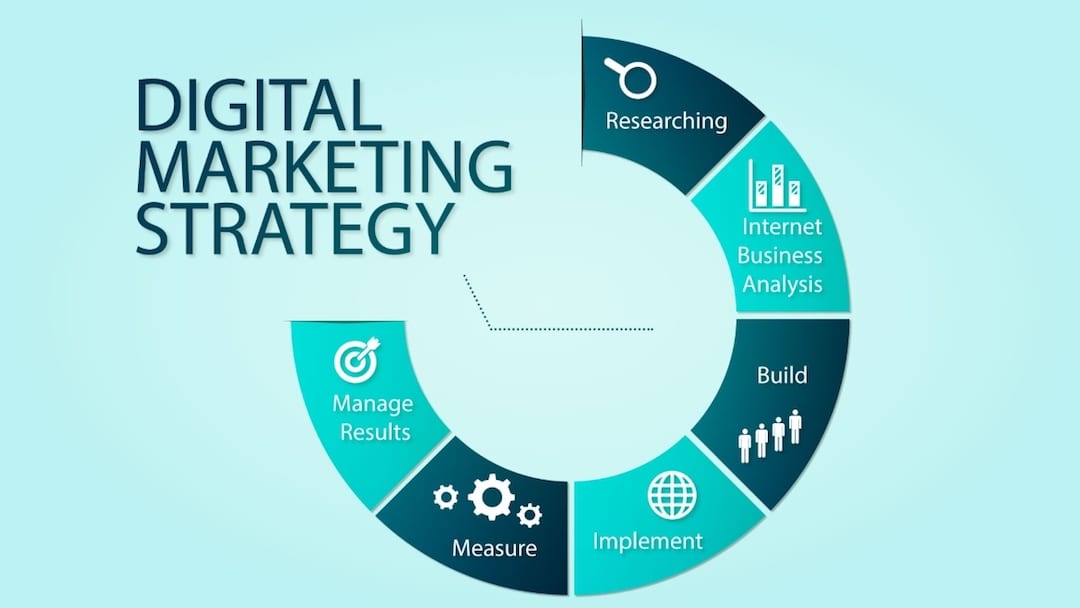
Online interactions with brands are now more prevalent than ever before. Brands can interact with consumers through social media platforms, apps, websites, and other digital channels.
There is therefore more opportunities for digital marketers to engage in one-to-one interactions with these consumers. However, for every one consumer, there are many brands looking to break through the clutter with content that truly hooks the consumer.
This constantly evolving environment forces marketers to continuously update and refine their digital marketing strategies so as to avoid becoming stale or lost amongst the noise. Here are five ways marketers can reevaluate their digital marketing objectives to maximize results and impact.
1. Focus on Conversion, Not Just Leads
Data is easily one of the most important pillars of a winning digital marketing strategy. Data and metrics should influence every marketing decision and action. In today’s market, this means digging through data to identify where potential customers are spending their time (which social media platforms and websites) and then targeting them with relevant content.
Traditionally, B2C marketing teams cast a wide net and hope for the best, but big data and machine learning have made it possible to dig more deeply and affect conversion rates on a more individual basis. Marketers can focus on certain demographics and segments of the audience with certain types of content, incentives, or product recommendations in order to influence a customer’s decision to make a purchase.
2. Set the Stage for Long-Term Value
Marketing decisions should always take into consideration long-term value, even if short-term wins may be tempting. Marketers should conduct due diligence and research before investing resources in one-off campaigns for specific social media platforms to ensure the investment will pay off over the long term.
A similar approach applies to the purchase of tools and solutions. When navigating the process, marketers should make sure the solutions will help their organizations succeed long-term, not just fix short-term problems. While it’s not essential to have the details of a multi-year strategy established in advance, it is a good idea to have a plan for growth and understand how a tool can help you get there.
The technology industry changes so rapidly that it will always have new trends and ideas that are ‘in’ and ‘the hottest thing’ in the industry. In making any long-term decisions that impact growth or revenue, marketers should understand where their brands stand to benefit most from these trends.
3. Double Down on Customer Service
Customer service is often overlooked by digital marketers, as many think, “What do I have to do with it?” Every interaction that a customer has with a brand impacts their opinion of that brand, and is thus considered customer service. Especially for digital companies where brand-conscious customer service tactics must be repeated across multiple platforms and channels, this is even more important. This is crucial to omnichannel marketing success, as it ensures that a single customer has a seamless, seamless buying experience, regardless of the platform or channel.
Customer service may seem like a more fundamental issue for brick-and-mortar retailers than for e-commerce companies, but many brands today have demonstrated the importance of excellent service. A company’s digital marketers play a crucial role in establishing a customer-centric reputation for the brand. Whether it’s through personalized emails, welcome pages, or customized product recommendations, that personal touch can make a huge difference in the eyes of the customer. Consumers expect personalization because they expect superior customer service, which is why 56% of customers prefer buying from brands that recognize them by name.
4. Create the Ultimate Buying Journey
The ability to understand consumers in more depth makes it possible for marketers to refine processes and create the ultimate buying journey. With digital marketing, marketers can see exactly what content is most popular among consumers, so they can strategically build on that success.
An organization can, for example, improve its social media campaigns and streamline processes to make sure customers get from point A to point B, if they know a majority of customers are coming through social media.
To create the ultimate purchasing experience for customers, you also need to optimize their mobile and online shopping experiences. With shopping moving to the internet and online shopping moving to mobile devices, brands have to ensure their sites render well, adhere to brand guidelines, and make it easy for customers to find the products they’re looking for. After all, the smoother the buying journey, the greater the likelihood of a conversion.
5. Know When and How to Go Back and Refine Processes
It’s easy to talk about refining processes, but it’s much more difficult for marketers to actually do it. If a workflow or process isn’t working, it might be time to step back and reevaluate what went wrong. Marketing itself is a dynamic field, and digital marketing is one of its most dynamic features. This is a great time to try out different campaigns and strategies. It’s important for marketers to keep a close eye on metrics and data so they can keep track of which processes are working and which ones need improvement.
Your digital marketing strategy needs to adapt to the changing landscape as the marketing industry changes. New technologies and advancements in the industry can greatly enhance the life of a digital marketer.




